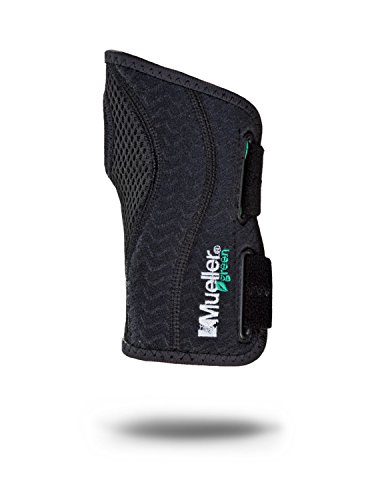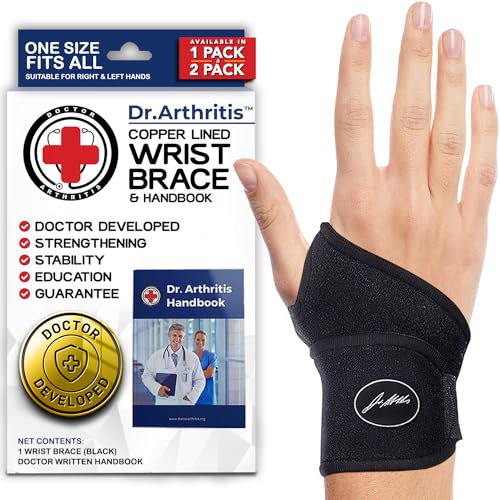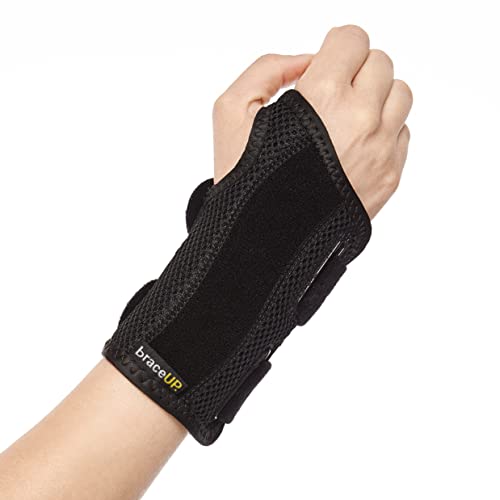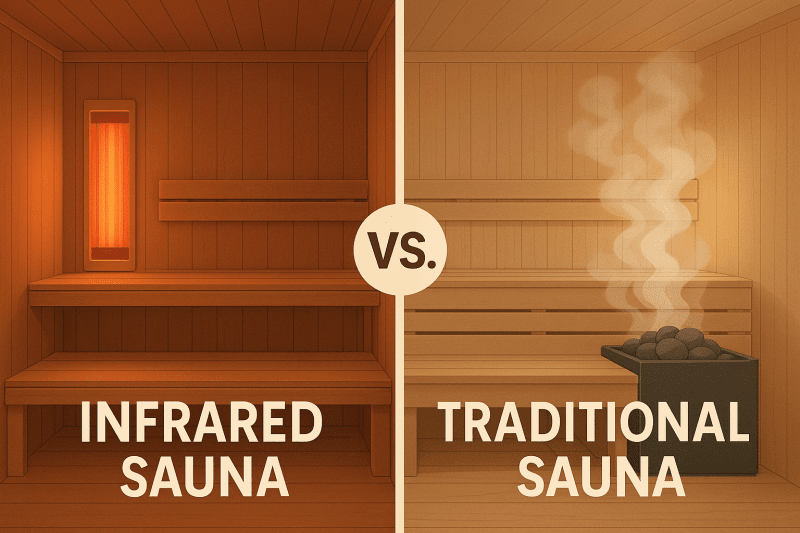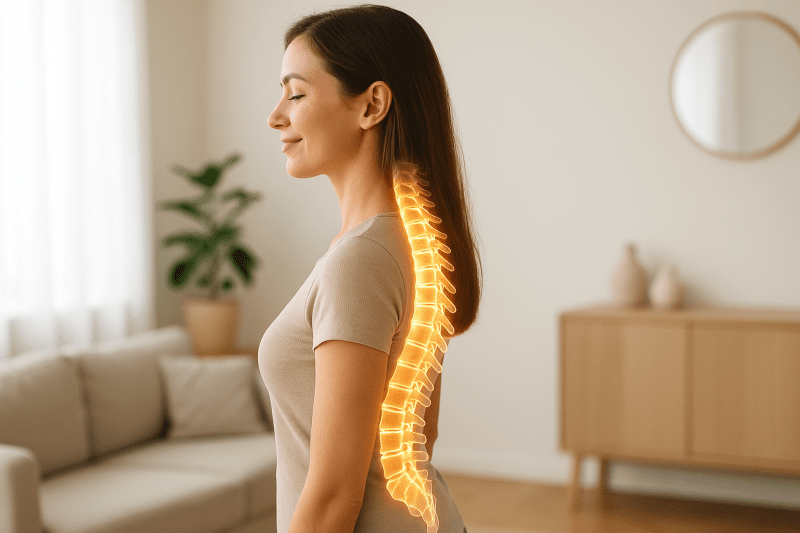Carpal tunnel syndrome is one of the most common causes of wrist pain and the right wrist brace can provide lasting relief. Read on to learn what it is, what causes it, and how to treat it.
What Is Carpal Tunnel Syndrome?
Carpal tunnel syndrome (CTS) is a common condition that affects millions of people worldwide, especially those who spend long hours typing, using their hands repetitively, or working with tools that vibrate. It occurs when the median nerve, which runs through a narrow passage in your wrist called the carpal tunnel, becomes compressed or irritated.
This nerve controls movement and feeling in your thumb, index, middle, and part of the ring finger. When it’s compressed, it can cause symptoms that range from mild tingling to significant pain and weakness in the hand.
Common Symptoms of Carpal Tunnel Syndrome
Carpal tunnel symptoms often begin gradually and worsen over time. The most common include:
-
Tingling or numbness in the thumb, index, and middle fingers
-
Burning or aching sensations that travel up the arm
-
Weak grip strength or dropping objects unexpectedly
-
Pain that worsens at night or after repetitive wrist movements
If left untreated, carpal tunnel syndrome can lead to muscle weakness and long-term nerve damage.
What Causes Carpal Tunnel Syndrome?
According to the Mayo Clinic, repetitive hand motion can increase pressure on the median nerve, leading to inflammation and compression inside the carpal tunnel. While repetitive motion is the most well-known cause, several factors can increase your risk:
-
Repetitive strain from typing, assembly line work, or using vibrating tools
-
Poor wrist posture or ergonomics
-
Health conditions like diabetes, hypothyroidism, or arthritis
-
Fluid retention (common during pregnancy)
-
Previous wrist injuries or fractures
How Wrist Braces Help with Carpal Tunnel Syndrome
A wrist brace—also known as a brace for carpal tunnel or wrist splint—is one of the most effective non-surgical tools for managing symptoms. It works by keeping the wrist in a neutral position, reducing pressure on the median nerve.
Here’s how it helps:
-
Stabilizes the wrist – Prevents excessive flexing or extension that can aggravate the nerve.
-
Promotes proper alignment – Keeps the wrist straight to reduce compression inside the carpal tunnel.
-
Supports healing – Helps tissues rest and recover by minimizing repetitive strain.
-
Relieves nighttime symptoms – Wearing a wrist brace while sleeping prevents wrist bending, which often worsens pain and tingling at night.
When and How to Wear a Wrist Brace
-
At night: Many people experience the most relief from wearing a brace while sleeping.
-
During repetitive tasks: If you work at a computer, on an assembly line, or use tools frequently, wearing a brace during these activities can help reduce strain.
-
During flare-ups: If symptoms worsen after certain activities, temporary brace use can ease discomfort.
However, it’s important not to over-rely on a brace. Regular hand and wrist exercises, ergonomic adjustments, and stretching are also key parts of long-term management.
Other Ways to Relieve Carpal Tunnel Pain
In addition to using a wrist brace, consider these additional strategies:
-
Ergonomic adjustments: Keep your wrists straight when typing or using a mouse.
-
Frequent breaks: Stretch and rest your hands regularly.
-
Cold therapy: Use a cold pack to reduce inflammation.
-
Physical therapy: Gentle wrist and hand exercises can improve flexibility and strength.
-
Medical treatments: In severe cases, corticosteroid injections or surgery may be recommended.
Choosing the Right Wrist Brace for Carpal Tunnel
Look for these key features when shopping for a brace for carpal tunnel:
-
Adjustable compression straps for a custom fit
-
Breathable, comfortable materials for extended wear
-
Rigid support to maintain proper wrist alignment
-
Left- and right-hand specific options for optimal comfort
If symptoms persist despite using a wrist brace, consult a healthcare provider for evaluation and treatment options.
Final Thoughts
Carpal tunnel syndrome can interfere with daily life, but early intervention makes a big difference. A quality wrist brace provides crucial support, helping you reduce pain, prevent further damage, and restore hand function. Combined with proper ergonomics and self-care, it’s one of the best tools to manage and even prevent carpal tunnel symptoms.
This article is for informational purposes and not a substitute for medical advice. Consult a healthcare provider for personalized care.

